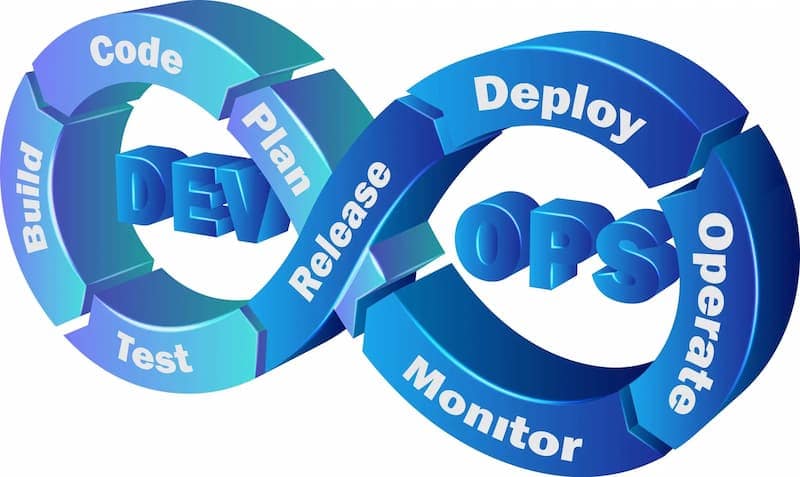In the software development industry, efficiency and speedy delivery are key factors for the success of any project.
Continuous Integration (CI) is a practice that has gained popularity in recent years due to its ability to streamline and enhance the software development process. In this article, we will delve into what Continuous Integration is and how it can help you save time and effort in your software projects.
Continuous Integration is a software development methodology in which changes to the source code are regularly integrated and automatically tested. The primary goal of CI is to detect and resolve issues early, making it easier to identify and address code conflicts, errors, and other compatibility problems.
CI relies on automating tasks such as compilation, unit testing, and report generation, enabling development teams to work more efficiently and reduce the time and effort required to deliver quality software.

Continuous Integration offers several significant benefits for software projects. Below are three key advantages that help save time and effort:
1. Early Problem Detection: CI allows for the early detection of issues within the source code as soon as they are introduced. By automatically integrating and testing changes, errors and conflicts can be identified early on, making them easier to rectify before they become more severe problems. In the long run, this saves time and effort by preventing the accumulation of hard-to-resolve errors and conflicts.
2. Fast and Frequent Delivery: CI promotes fast and frequent delivery of new features and bug fixes. By automating compilation and testing processes, development teams can deliver software more quickly and consistently. This means that users can quickly access the latest updates and functionalities, improving customer satisfaction and enabling developers to receive early feedback for product improvement.
3. Enhanced Software Quality: CI focuses on software quality by emphasizing unit testing and early error detection. Many tests can be quickly executed by automating tests to ensure the software functions correctly. This improves the overall quality of the software and reduces the time and effort required for debugging in later stages of development.

Implementing continuous Integration requires a combination of tools and practices. Below are some key steps to implement CI in your software projects:
1. Automated Build and Testing: Utilize build automation tools such as Jenkins or Travis CI to compile your source code and run unit tests automatically. This ensures that each code change is consistently compiled and tested, reducing the chances of errors and conflicts.
2. Version Control: Use a version control system like Git to maintain a comprehensive history of all code changes. This allows you to track and revert changes in case of issues and facilitates collaboration among team members.
3. Integration with Testing and Static Analysis Tools: Integrate automated testing and static code analysis tools into your continuous integration process. These tools help identify code quality issues such as security vulnerabilities and poor programming practices, providing valuable feedback for improving software quality.
Continuous Integration is a crucial practice in modern software development that offers several benefits for saving time and effort in projects. By automating tasks and detecting issues early on, CI enables development teams to deliver high-quality software more quickly and frequently. It also improves collaboration and efficiency in development, leading to a better user experience and increased team productivity. Consider making continuous integration part of your workflow to streamline your software projects.

We are a company that drives digital transformation with software solutions, mobile applications, AI, automation and customized IT services.
CONTACT USCopyright © 2013- Alpes Solutions LLC. All Rights Reserved